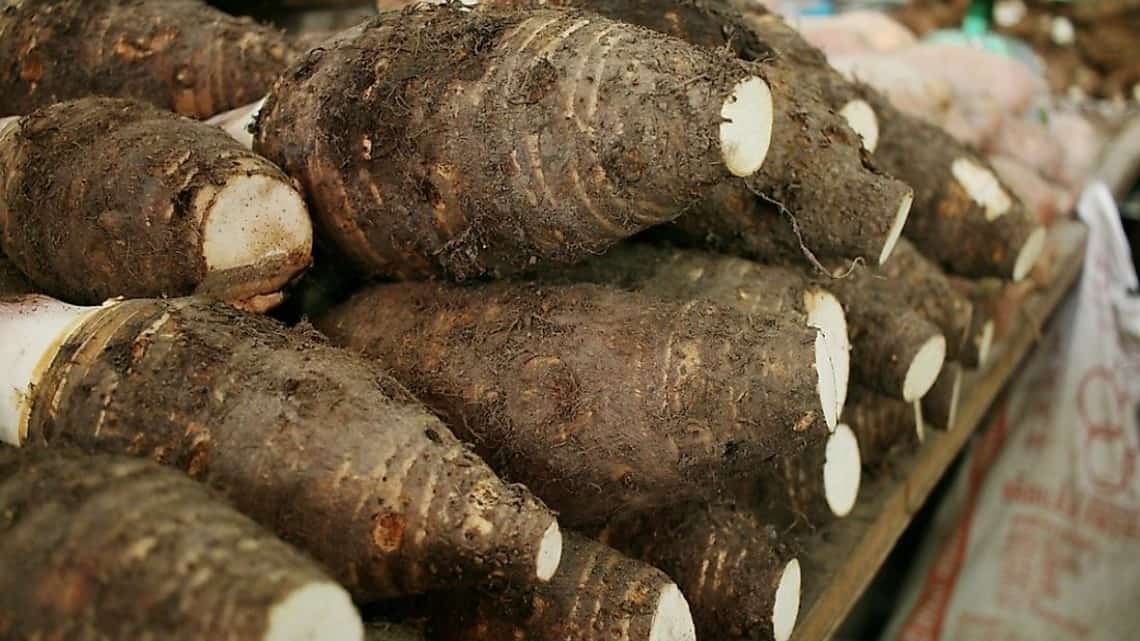Taro, a Samoan staple food, has been on the decline for the last few years and as a result the prices have soared and supply to the local markets has dropped.
This has also seen many Samoans consume less of the healthy root crop and switch to rice, which according to the Ministry of Health, is a health concern.
Lepolua Tavita of Vailele said it could be because the number of farmers has decreased and the younger generation does not want to work in the garden.
“What I know for sure is that I am now having to pay twice as much, for twice as less,” she said.
Tavita said she paid $20 (US$7.30) for three taro. She said if this trend continued, she would not be surprised that taro would soon disappear from Samoan tables.
George Aiesi of Sogi called for an intervention from the authorities to come up with ideas to increase production.
He said taro was a traditional food but at the same time, there should be more focus on feeding the people locally rather than exports.
“I think the problem is not the lack of farmers but more focus on exports. Why would anyone care for less money in the local market when exporting brings in more money,” he said.
The short supply to the market has resulted in a deal that will see the distribution of over 500,000 high-quality taro planting materials known as tiapula distributed to 100 target commercial growers who supply exporters.
The Ministry of Agriculture and Fisheries (MAF) signed a new partnership with the Pacific Horticultural and Agricultural Market Access Plus (PHAMA Plus) Program to address this issue.
Minister of Agriculture and Fisheries, La’auli Leuatea Schmidt said the new partnership supported efforts to assist Samoa’s taro growers and businesses address the shortage of taro.
“Our continued partnership with Australia and New Zealand’s PHAMA Plus Program to establish more commercial nurseries, not just for taro but other root crops too, provides a long-term and more sustainable solution,” he said.
In 2023, MAF and PHAMA Plus partnered to establish commercial nurseries to make improved taro planting material more readily available to farmers.
“Four nurseries were established, two located on MAF stations and two with private farmer groups. There is strong demand for their planting materials, but more is needed to address the shortage of taro at an industry level,” said PHAMA Plus Country Manager Kuinimeri Finau.
It is expected that after a year, the target commercial growers and nurseries will have enough stock to supply themselves as well as local markets and exporters in Samoa.
Over the past decade, Samoa has witnessed a decline in land used for taro cultivation, despite an increase in taro farmers. While many commercial farmers cultivate 20 acres or more for the export market, only a fraction of registered exporters are currently active due to the scarcity of taro planting materials.
